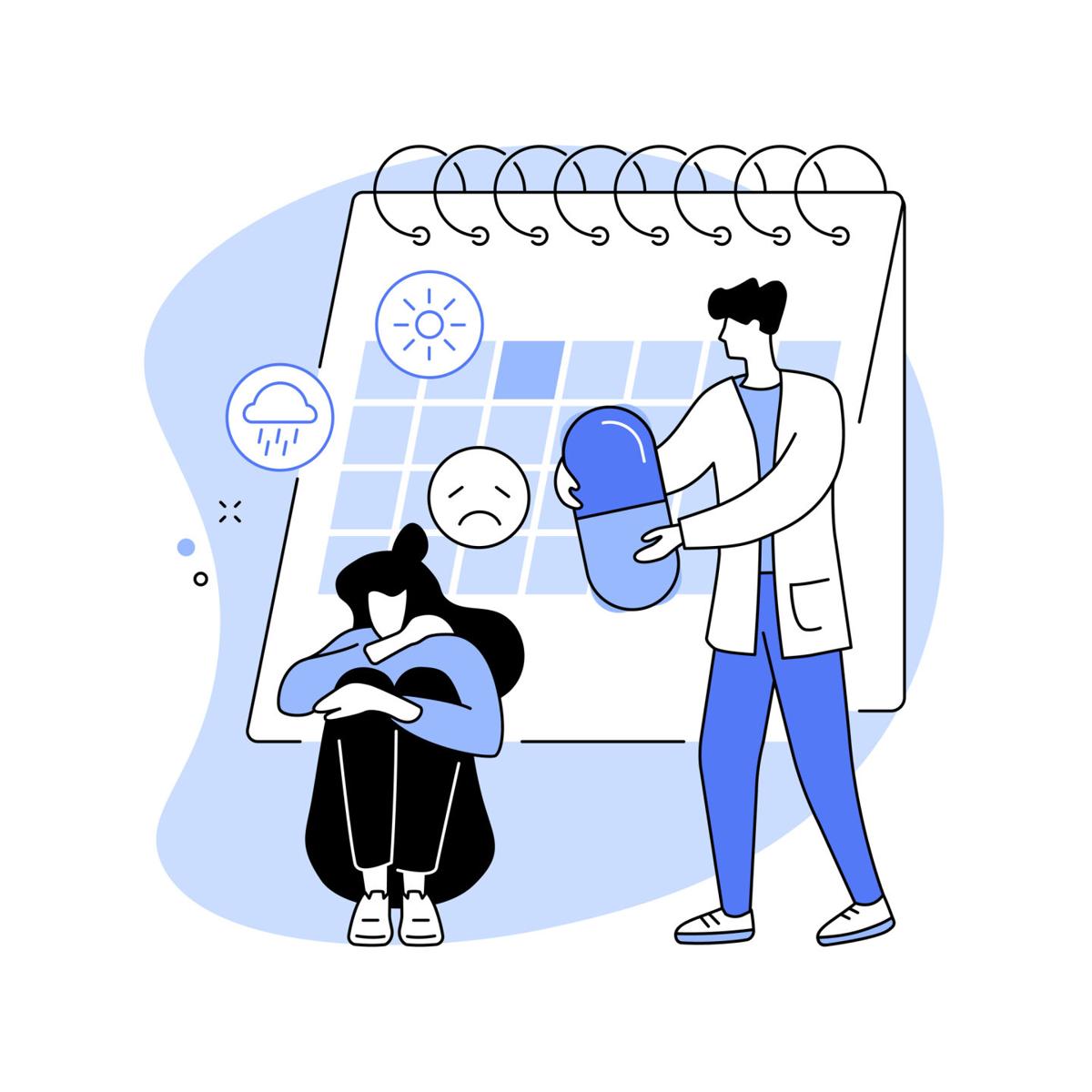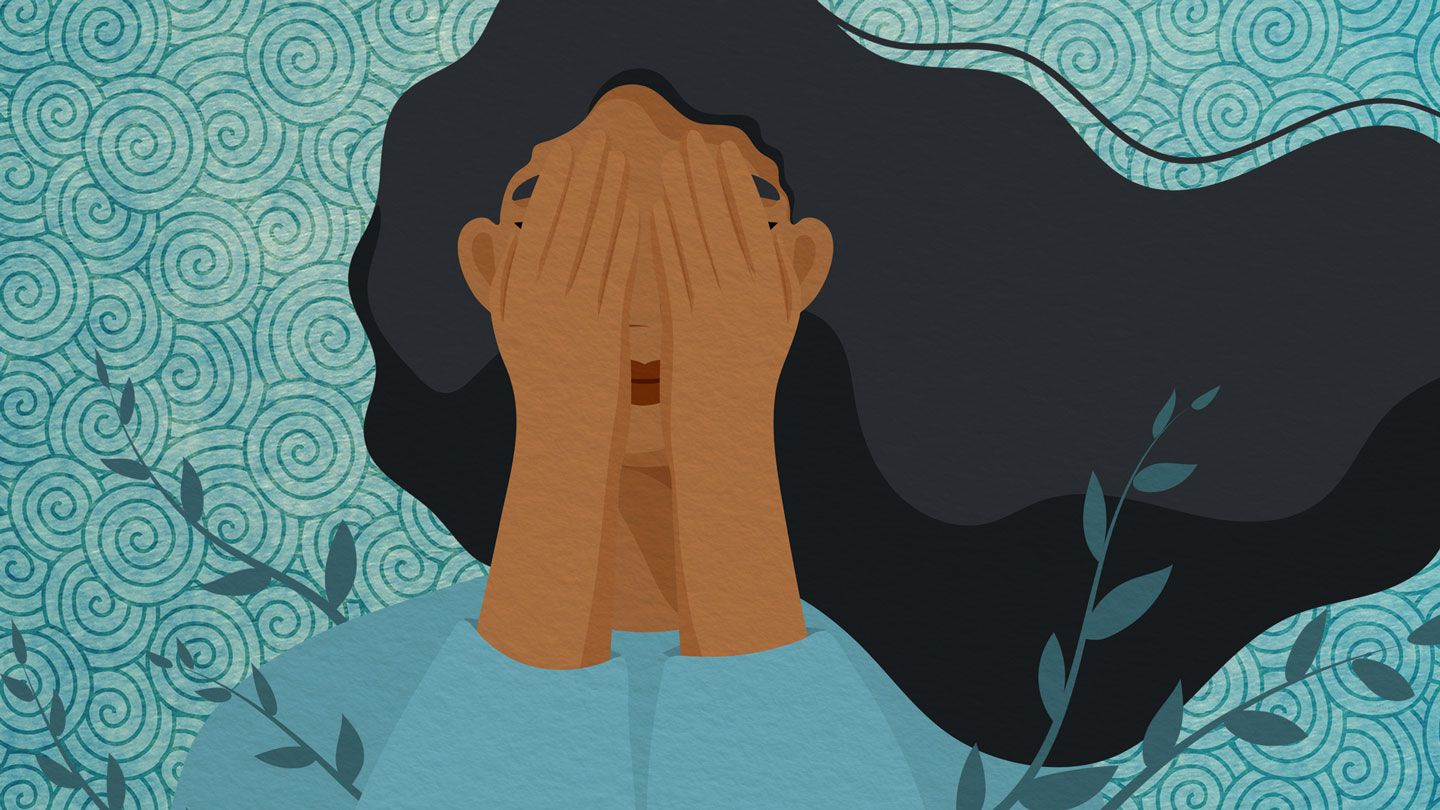A Quick Guide
Seasonal affective disorder (SAD) is a type of depression that occurs during specific seasons, most commonly in fall or winter. Symptoms include low mood, loss of interest, changes in sleep and appetite, and thoughts of suicide. Treatment options include light therapy, medication, psychotherapy, dawn simulation, and physical exercise.
Seasonal Affective Disorder: What is it?
Seasonal affective disorder or seasonal depression refers to episodes of depressed mood that occur during certain seasons in a year. Usually, symptoms of depression manifest in the fall or winter season. Typical signs include low mood, tearfulness, loss of interest in previously enjoyed activities, increased or decreased sleep and appetite, feelings of hopelessness, worthlessness, and guilt. Additionally, the individual feels exhausted, has trouble making decisions, and may have thoughts about suicide. All of the symptoms resolve or remit as soon as the season is over. It is rare that such individuals experience these symptoms in a nonseasonal period.
Causes of seasonal affective disorder
The exact causes of seasonal affective disorder are unclear. A few theories explaining the symptoms include the following:
- Misalignment between our body’s internal clock (circadian rhythm cycle) and external clock contributes to disruption in levels of melatonin.
- Irregular serotonin levels in the brain which change with the season may explain the depressive symptoms.
- Some studies have identified a genetic component of seasonal affective disorder. This may explain the vulnerability of some individuals to mood disturbances in certain seasons.
Treatment of seasonal affective disorder
The following treatment options may be effective in treating symptoms of seasonal depression:
Light therapy
In light therapy, a fluorescent light box produces intense light. This corrects the phototropic spectral sensitivity of the human eye. Since it disrupts seasonal depression. Patients get exposure to this light while maintaining an appropriate distance from it. They do not have to look directly at the light source. Similarly, they can even engage in normal activities such as eating, reading, or doing some other chores during this. At least two hours of light exposure early in the morning is effective in regulating symptoms of seasonal depression for at least 2 to 3 weeks. Patients are instructed to use light therapy on a regular basis during the fall and winter seasons until their symptoms remit during summer.
Some people experience the side effects of light therapy. Usually, they are mild and temporary. These include nausea, headache, eyestrain, and blurred vision. Light exposure may disrupt sleep and, in some cases, trigger manic or hypomanic episodes in vulnerable individuals. Thus, while using light therapy such people should stay on their medication.
Medication or pharmacological treatment
Some psychiatric medications including antidepressants as well as others are effective in managing symptoms of seasonal depression.
Psychotherapy
Cognitive behavior therapy is also beneficial for some individuals in learning to regulate their mood during certain seasons.
Dawn simulation
In this treatment strategy, an artificial effect of Dawn is simulated. The light in the bedroom is increased when the patient is sleeping using a bedside lamp. Its settings are adjusted so that it turns on 90 minutes before the person has to wake up. It reaches its full light intensity gradually till the person reaches his desired waking time and gets up.
Physical exercise
Some studies suggest that physical activity and exercise are useful for regulating symptoms of depression with the changes in season.
Watch: [What are the Treatments for Seasonal Affective Disorder?]
We hope the above article was useful for you in understanding seasonal depression and its treatment.
References



 Symptoms of depression in women: How to know if you are depressed
Symptoms of depression in women: How to know if you are depressed  Seasonal affective disorder: symptoms, diagnosis & causes
Seasonal affective disorder: symptoms, diagnosis & causes